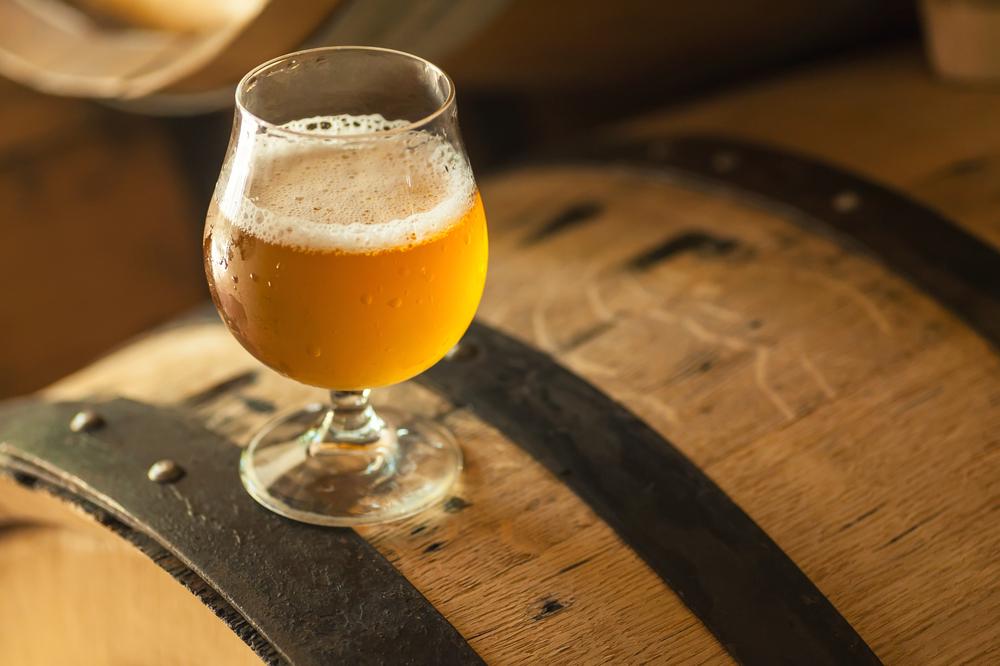If my grandfather had pulled a beer from his fridge and found it sour, he would have dumped it down the sink or called for a refund.
But today, craft brewers are purposely producing a wide range of beers that may seem more akin to lemonade, yogurt, or wine than to your granddaddy’s lagers.





